
15311826613
Click to add WeChatAdding activated carbon to the leaching tank, leaching and adsorption are carried out simultaneously, that is, leaching and adsorption are carried out simultaneously, which is called carbon leaching (CIL). It is developed on the basis of carbon slurry method. The advantages are that it reduces the number of leaching tanks and shortens the process, thus reducing infrastructure investment and production costs; leaching and adsorption improve the dissolution kinetics of gold, which is conducive to gold leaching and adsorption. Carbon leaching mainly includes leaching raw material preparation, stirring leaching and countercurrent carbon adsorption, gold-loaded carbon desorption, electrolytic electrolysis, smelting ingots, carbon regeneration and other operations.
When the carbon leaching process is used for gold extraction, the preparation of the leaching raw materials includes physical crushing and grinding classification. Usually, the overflow fineness of grinding classification in the carbon leaching process for gold extraction is mostly -200 mesh, accounting for 85-95%.
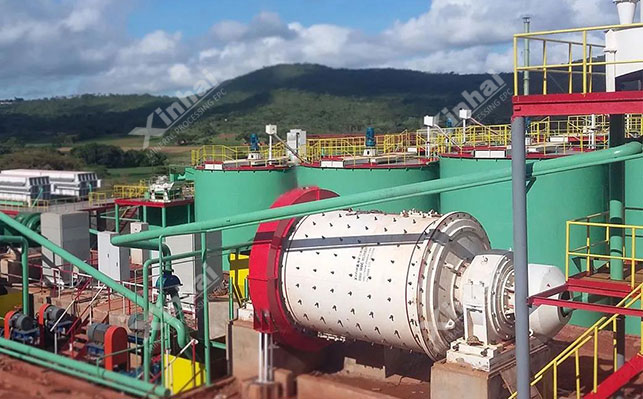
Wood chips and debris in the slurry are easy to cause pipes and screens to be blocked, and they are also easy to adsorb gold in the slurry and mix it into the rich carbon. Therefore, they must be removed before leaching. If necessary, the slurry needs to be concentrated and descaling agents are added. Descaling agents can also reduce scaling on the surface of activated carbon and the sieve. Generally, two chip removal operations are required in the grinding process, respectively at the overflow of the first and second grinding and classification. The chip removal equipment mostly uses a medium-frequency linear vibrating screen. In the initial chip removal operation, spiral screens and cylindrical screens can also be used. The screen hole size of the dust screen should be as small as possible while ensuring that the screen surface does not leak.
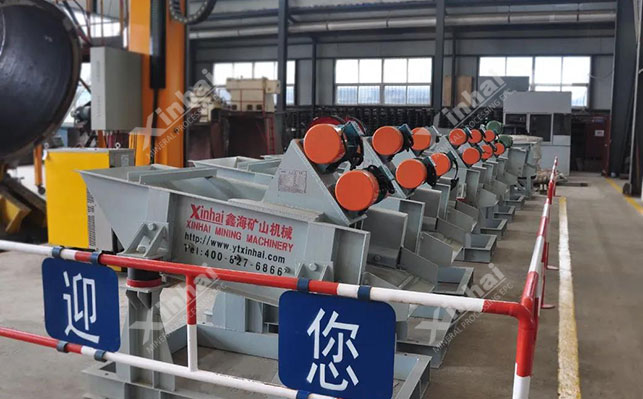
When the overflow concentration of the grinding classification is mostly 18-22%, it is not suitable for direct leaching and the slurry must be thickened. It is recommended to use a high-efficiency thickener with a small footprint and high concentration efficiency.
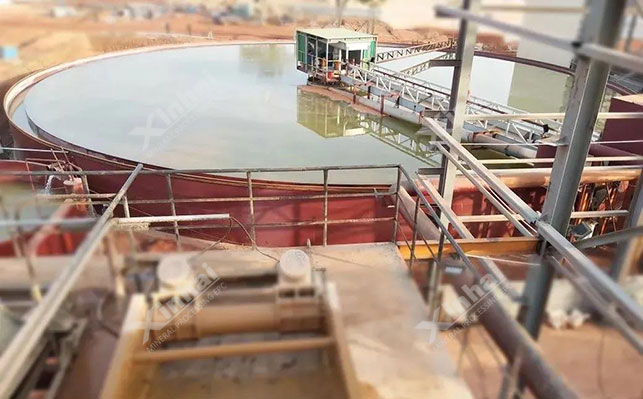
The characteristic of carbon leaching is that gold leaching and adsorption operations are carried out simultaneously, and the number of leaching sections is generally 6-10 sections (the specifications and number of leaching tanks depend on the processing capacity of the concentrator). Since sodium cyanide has just been added to the No. 1 tank, the amount of gold leached is small, so most carbon leaching plants use the No. 1 tank as a pre-leaching tank and the subsequent tanks as leaching adsorption tanks. Each leaching adsorption tank is equipped with a carbon separation screen to separate carbon and ore pulp. The ore pulp flows forward and the activated carbon flows reversely, that is, the ore pulp and activated carbon are adsorbed in countercurrent. Fresh activated carbon is added from the last leaching adsorption tank, and the gold-loaded carbon is discharged from the first leaching adsorption tank. The activated carbon becomes gold-loaded carbon due to the adsorption of gold in the ore pulp. After the adsorption is completed, the ore pulp containing gold-loaded carbon is sent to the carbon extraction screen through the air lift, and the carbon extraction screen separates the activated carbon and ore pulp. After screening and washing, it is sent to the desorption and electrowinning operation. The gold grade of the ore pulp solution after adsorption by this method is generally 0.01-0.03g/m³.
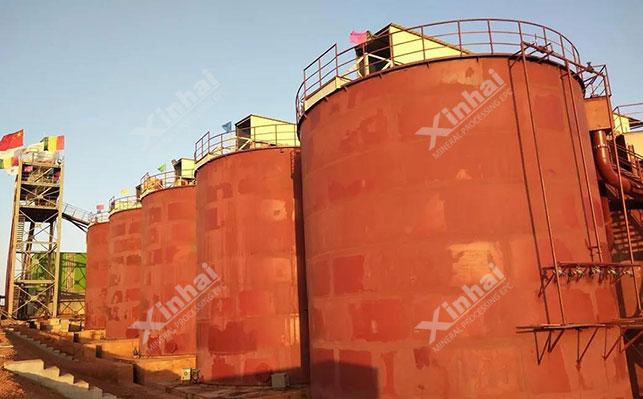
Generally, the commonly used activated carbon is coconut shell activated carbon, which has small pores, high activity, wear resistance, and regeneration. It has good adsorption performance and wear resistance, and can increase the adsorption rate by 30%, greatly improving the recovery rate of gold in associated metals, and significantly improving economic benefits and production efficiency.
The gold-loaded carbon and slurry are sent to the carbon separation screen (generally a linear vibrating screen) through a carbon pump or air lift, and washed with clean water on the screen to separate the carbon from the slurry. The gold-loaded carbon enters the carbon storage tank, and the slurry and washing water enter the first adsorption tank.
There are several methods for desorption of gold-loaded carbon. Currently, the high-temperature and high-pressure desorption method is commonly used, that is, anions that are easily adsorbed by activated carbon are added to the desorption system to replace Au(CN)2-to achieve gold desorption; the precious liquid obtained by desorption of gold-loaded carbon is recovered by ionization to obtain solid gold.
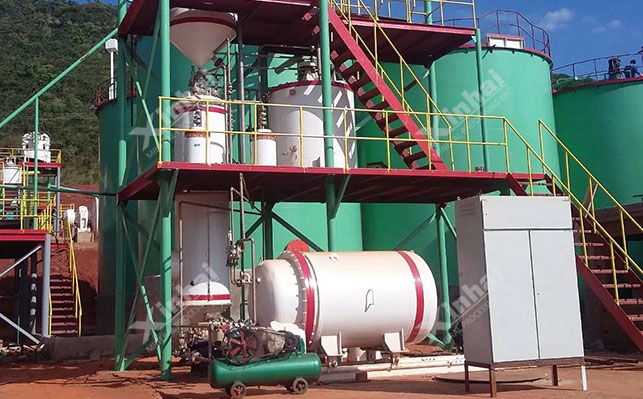
Taking the Xinhai Mining Equipment desorption electrolysis system as an example, the system only needs sodium hydroxide as the desorption liquid, without sodium cyanide. Under this high temperature and high pressure condition (working temperature 150℃, pressure up to 0.5Mpa), the gold-loaded carbon is desorbed and electrolyzed. Only about 95% of the gold is desorbed in 6 to 12 hours. The entire desorption process achieves cyanide-free, high-efficiency, low-consumption, and rapid desorption.
After pickling and impurity removal, the obtained gold mud can be directly smelted into gold ingots. By using hydrometallurgy, the purity of gold ingots can reach more than 99.99%.

After adsorption and desorption, activated carbon needs to be regenerated to restore its good adsorption performance. Generally, the activated carbon after desorption is first washed with acid to remove carbonates and other accumulations. After several returns, it needs to be thermally activated to restore the adsorption activity of the carbon, and then it can be recycled. The main equipment includes activated carbon regeneration kiln, water quenching tank, fine carbon separation screen, etc.
The above is the common carbon leaching process. This gold ore beneficiation method can be applied to the treatment of gold ore, as well as tailings after reselection and amalgamation. The carbon leaching method is developed on the basis of the carbon slurry method. Its advantages are that it reduces the number of leaching tanks and shortens the process, thus reducing infrastructure investment and production costs; leaching and adsorption at the same time improves the dissolution kinetics of gold, which is conducive to the leaching and adsorption of gold, and the economic benefits are more significant.